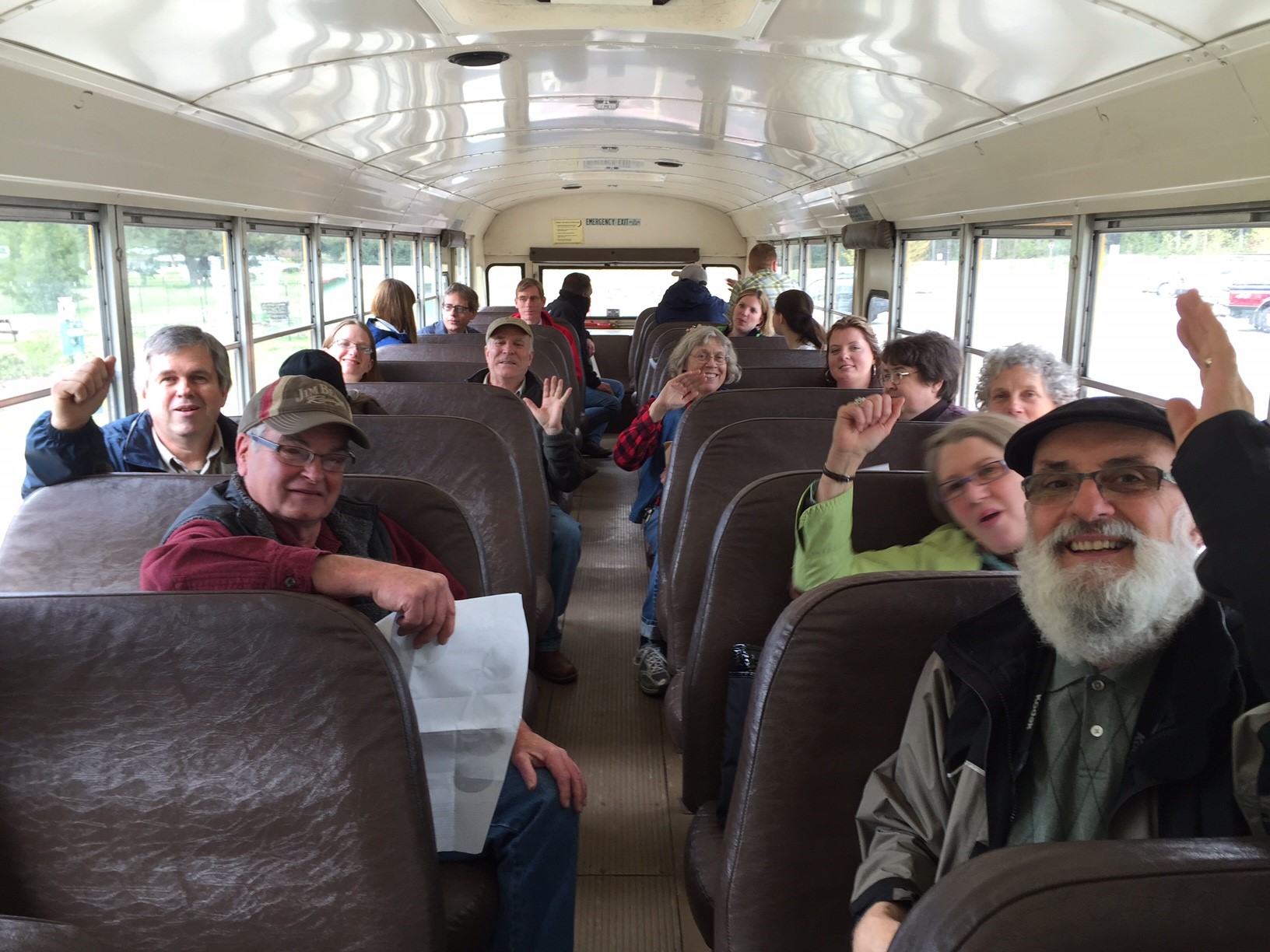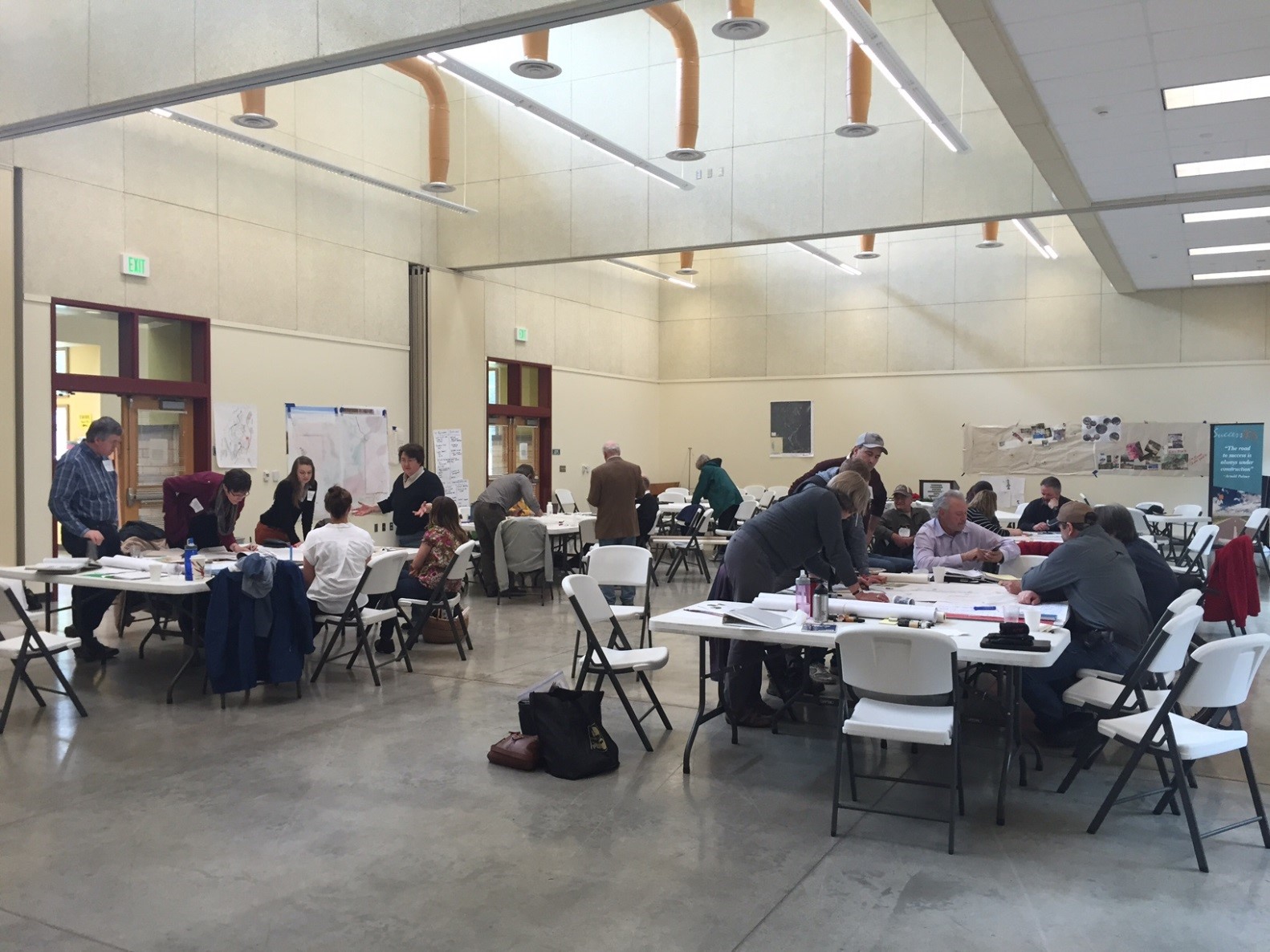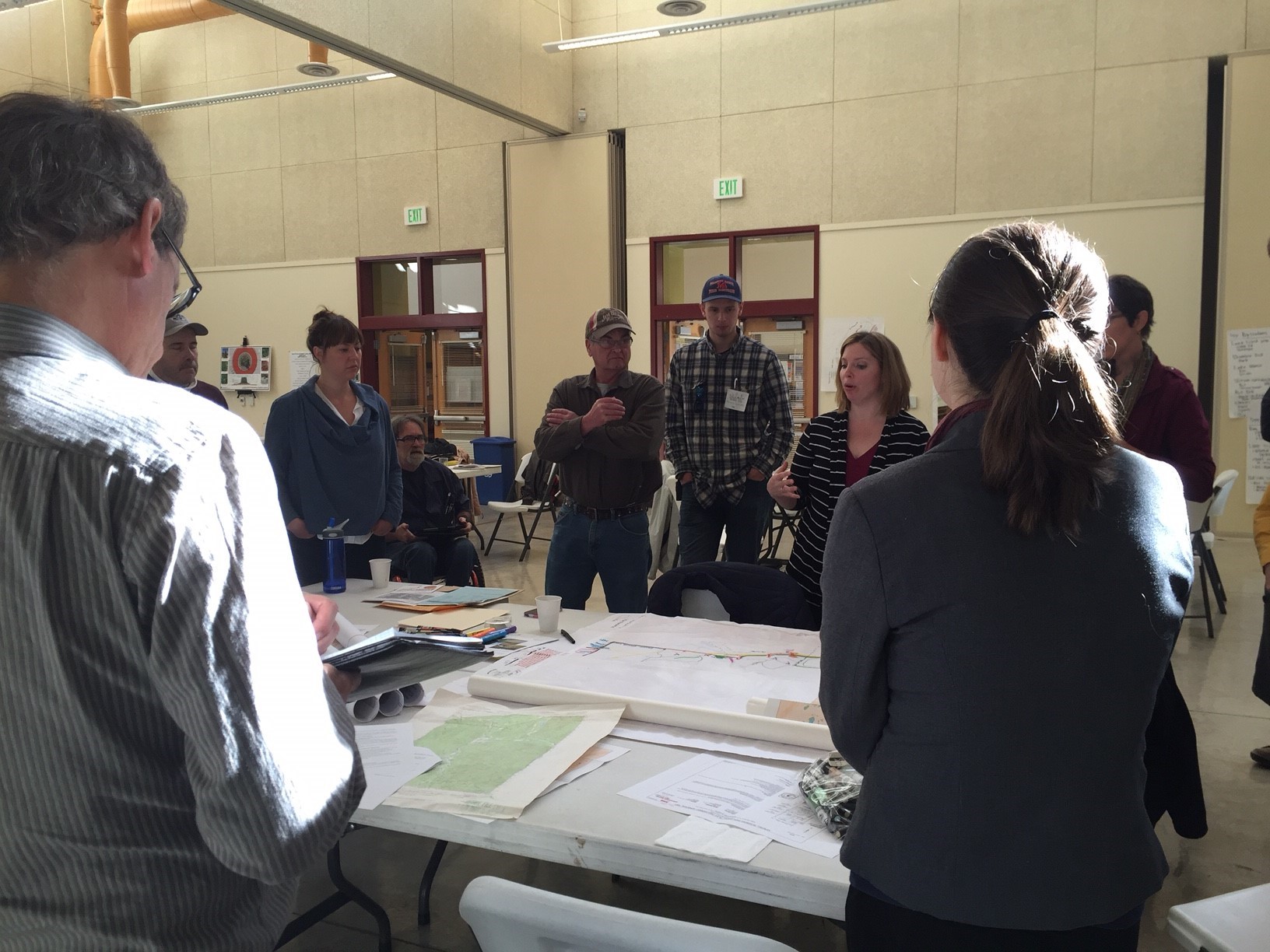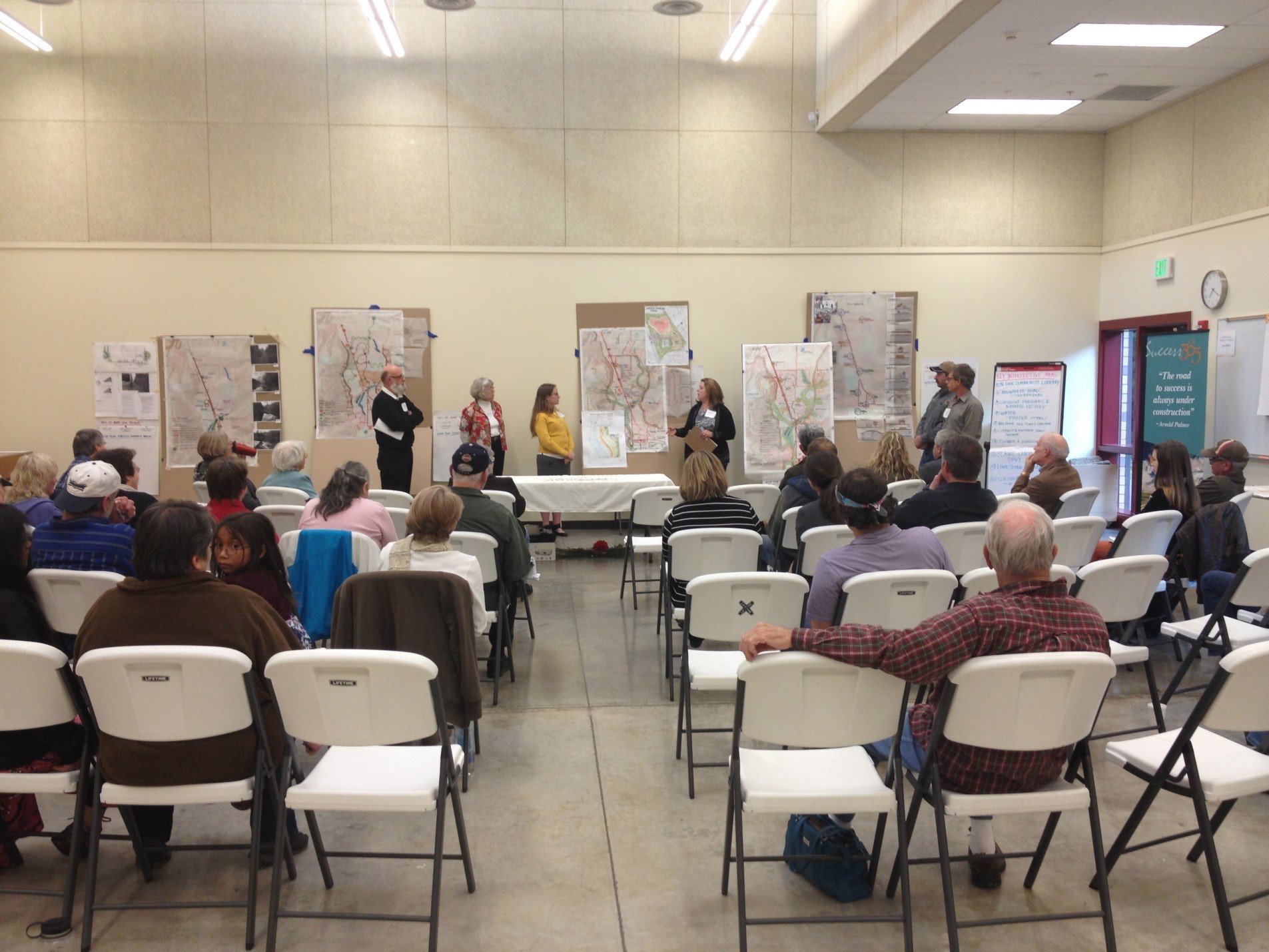Review: Kendall/Columbia Valley Trail Design Workshop
It was reaffirmed during this weekend that landscape architecture is not just about aesthetics and the physical spaces we create. These aspects are merely the means whereby we as professionals are able to find solutions to social, economic and environmental shortcomings. This reality couldn’t have been more exemplified than in this project. The outstanding team of WASLA landscape architects worked with members of the Washington State Department of Transportation, National Parks Service, Whatcom Council of Governments, Whatcom County Parks and Recreation, Whatcom County Planning and Development Services, Whatcom County Health Department and members of the community to address a variety of concerns in all these categories. The primary task was to develop a new trail system that connected residents and services within an urban growth area built along the spine of the busy highway SR547, also named Kendall Road. Because of the dangerous highway, children have not been able to walk or ride their bicycles to school. Citizens, elected officials, and a representative from the county health department communicated a heavy concern for safety and overall community health. The lack of a pedestrian friendly transportation system also resulted in a lack of exercise and a disjointed community that tends to stay indoors. As you will learn, this charrette sought to address these issues through a variety of design measures. The workshop began mid-afternoon on a Friday and was kicked off with a brief introduction and a bus tour of the area (see picture, above). This gave us a chance to really understand the scope of work within the community and get to know the team members we would be working with. All those involved in the workshop were assigned to a design team to look at a particular focus area, including: Gold-standard trail in Highway R.O.W.; Community trail system; Special features & regional connections; and Interpreting the Kendall/CV storytelling, finding themes. “…we as professionals are able to find solutions to social, economic and environmental shortcomings.” We then spent Friday evening collaborating with our groups to identify the problems and opportunities of the intervention area. Some of the key opportunities that were brought up were beautiful natural areas with open spaces that needed to be protected but could be carefully used for trails and parks, the Whatcom Resource Center that we used for the charrette and an active community with library, volunteer fire station, several churches and un-built but previously planned town center adjacent to the resource center. The problems discussed centered on the dangerous highway bifurcating the community, crime, health concerns, sparse gathering and park spaces, R.O.W issues and resistance by property owners.
On Saturday, in the space between the delicious meals provided by the Kendall community, all the groups worked diligently to develop design solutions that addressed problems and capitalized on opportunities. Key propositions included a main trail system connecting the residential community with the school and other services, LED lighting along the trails, light signals at crosswalks, bicycle lanes through the neighborhood areas, parks for play and gathering, secondary recreational trails, space for the resource center to expand programing and a location for future commercial activity to take root. There were many more great ideas that are too numerous to discuss here in detail but this list at least provides a glimpse at what was accomplished in this short amount of time.
Though I can’t highlight enough the professionalism of the WASLA members who participated in this event, we could not have done it without our incredible partners and the local members of the community who gave us essential insight into the relevant needs and desires of Kendall. This component of collaboration is paramount in addressing the social, economic and environmental issues that landscape architects seek to resolve. -Tom Walker
|




